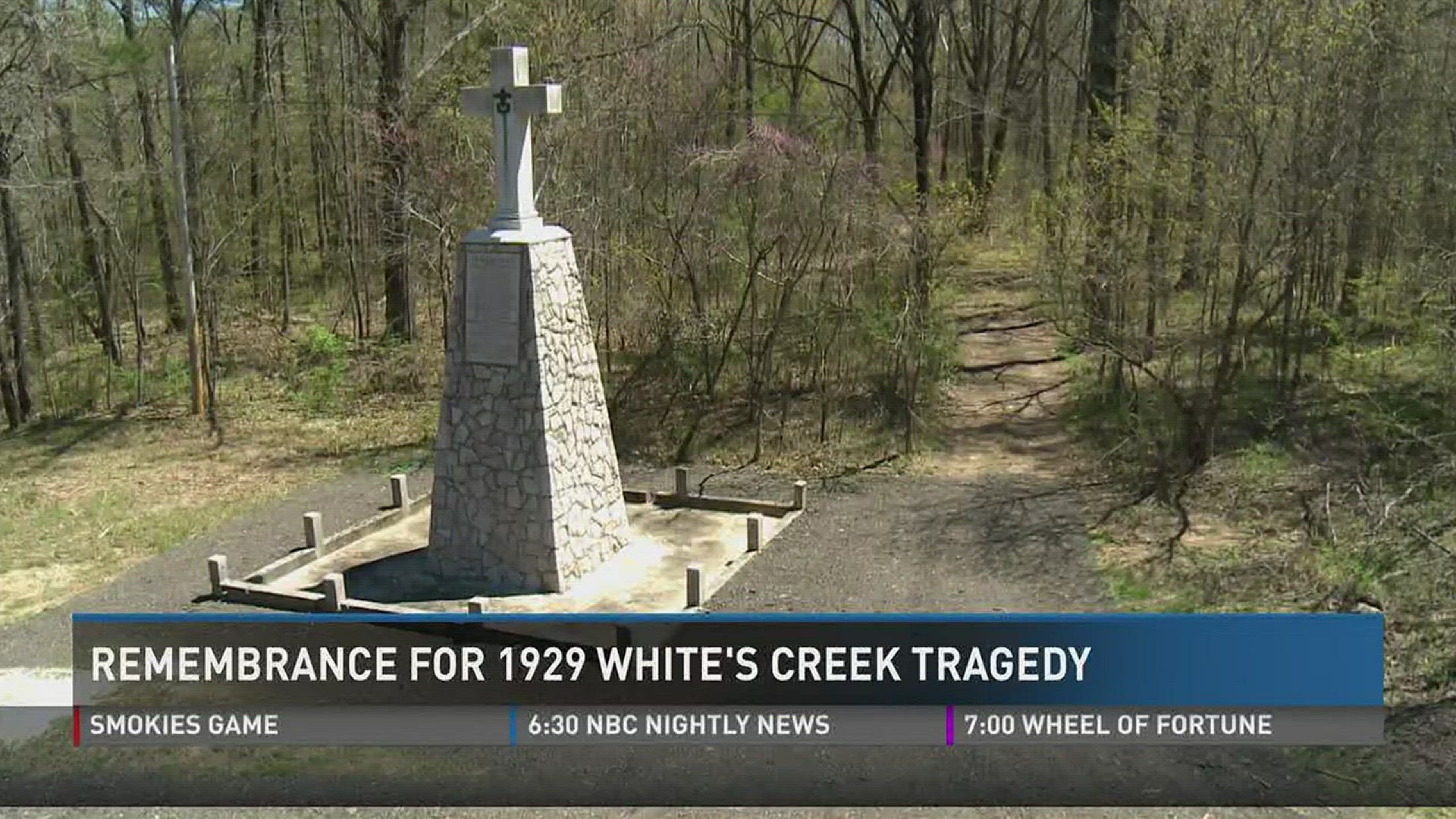"Be Prepared" is one of the long-time mottos of the Boy Scouts of America. Nothing could prepare a group of boys on March 23, 1929, for a flash flood that remains a historic tale of tragedy in Tennessee.
Seven Boy Scouts from Rockwood and their 29-year-old Scoutmaster died in the flood. They were far from the only victims of the incredible storm. More than 40 people died in the deluge that sent raging waters throughout East Tennessee and parts of Kentucky.
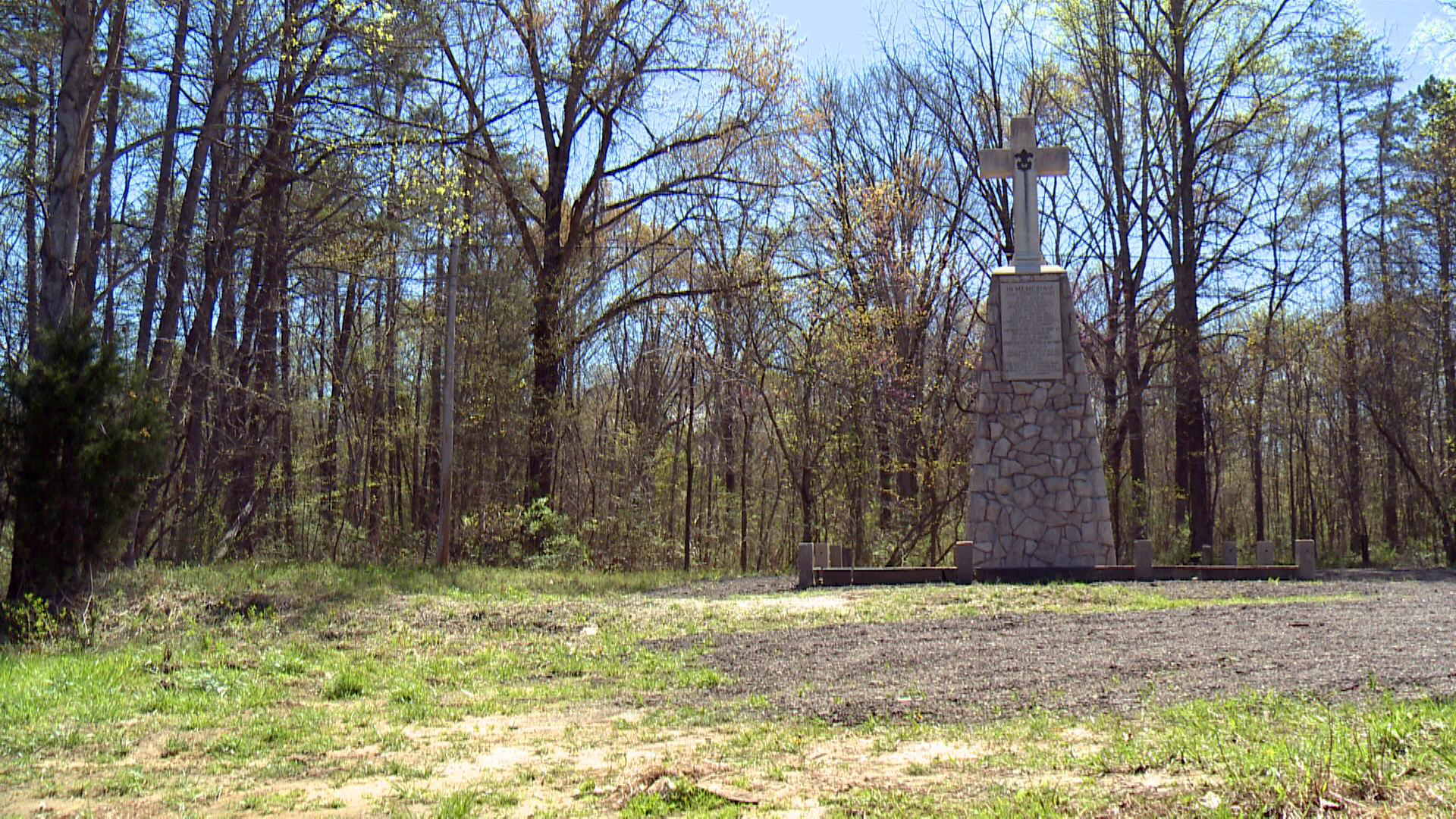
Tales of the deadly flood on White's Creek are still recited to Boy Scouts throughout East Tennessee. The story holds special meaning to Scouts throughout Roane County, who have worked for more than a year to ensure the victims are remembered by restoring a neglected monument in their honor.
1929 TRAGEDY AT WHITE'S CREEK
Along Highway 27 south of Rockwood, four lanes of traffic cross White's Creek on the James T. Wright bridge. Directly beside the bridge is a sizable monument that also honors Wright.
Wright, known to his friends as "Jim," was born in Rockwood. He moved to Knoxville as a young child, graduated from the University of Tennessee and moved back to Rockwood to become superintendent of a hosiery mill. Living and working in Rockwood, the 29-year-old Wright served as Scoutmaster for Troop 45.
On March 22, 1929, Wright took 21 Boy Scouts to camp at a vacation bungalow beside White's Creek.
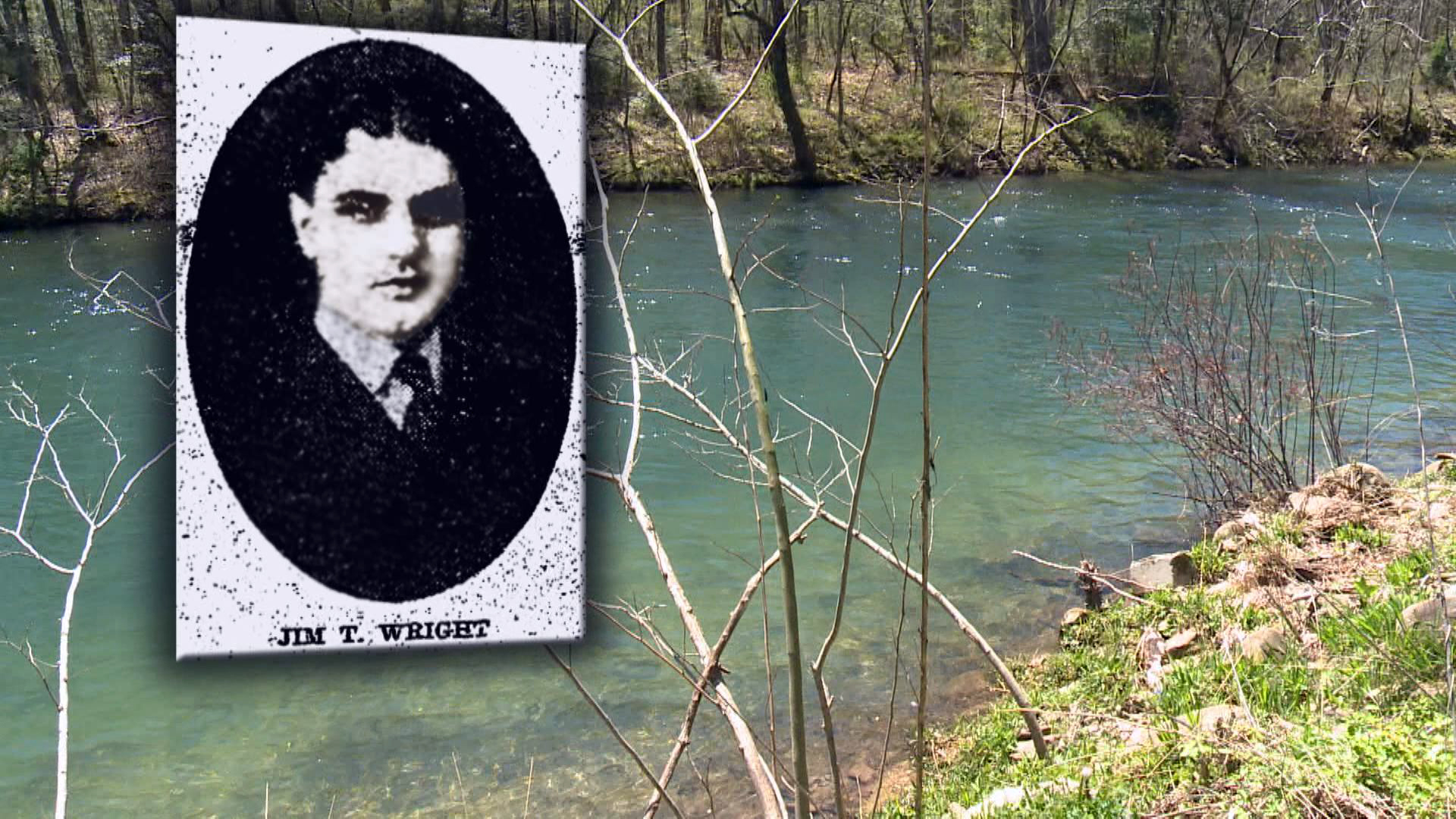
The atmosphere that Friday was relatively warm and unstable, but showed no signs of the devastating conditions that would swoop into the area. The group also had more than adequate shelter and could normally expect to stay nice and dry through the night.
"They were inside a cabin. That night, everybody went to bed and everything was fine," said Russ Limburg, Scout leader for Kingston Troop 101. "All at once, this flash flood wakes them up in the middle of the night with several inches of water in the cabin. It would have been terrifying. What do you do?"
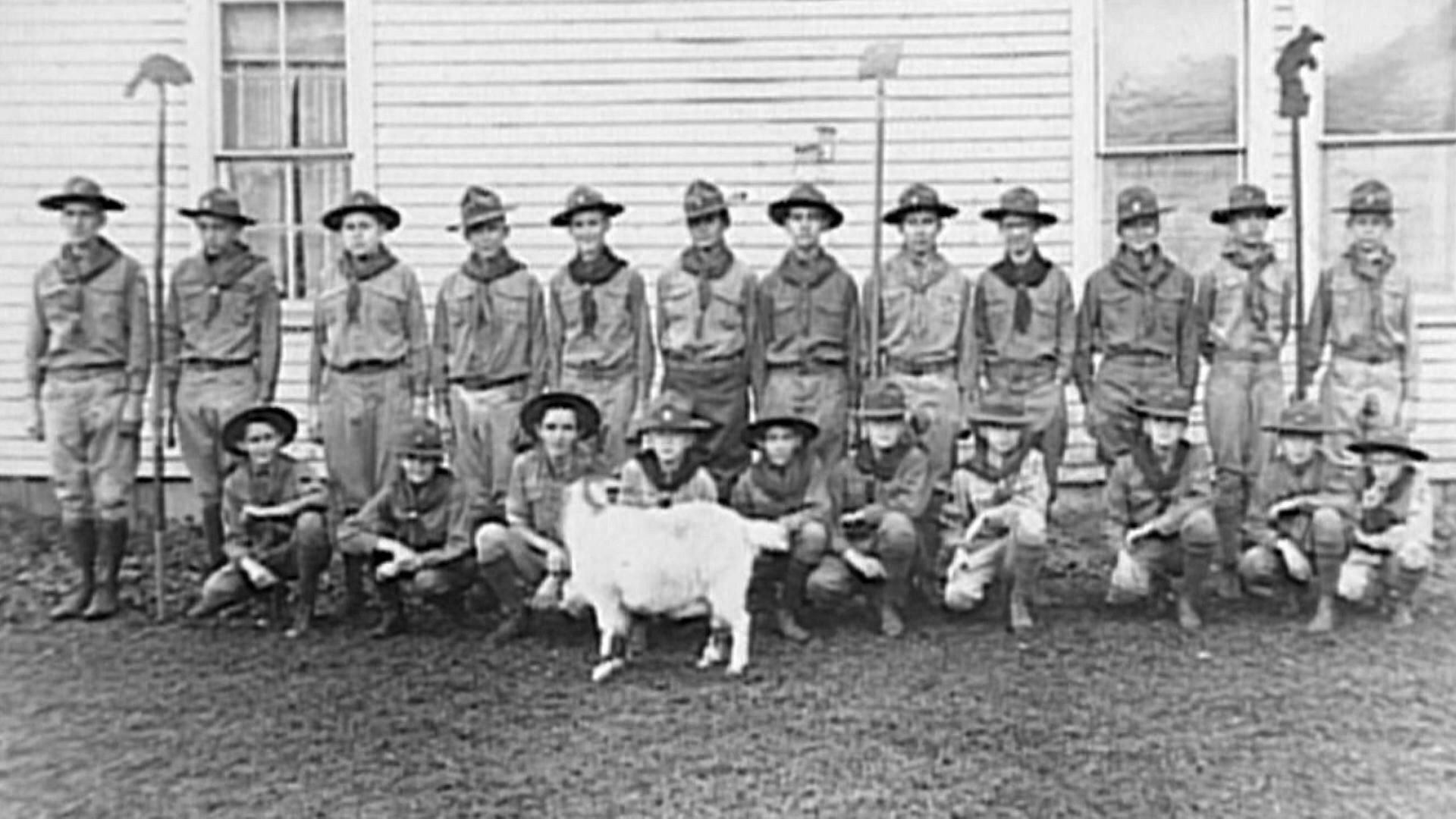
The creek is normally 70 feet wide. Overnight it had swollen to a width of 600 feet with water rushing on both sides of the cabin. There was no escape. Wright did the logical thing by moving to the highest point possible, ordering the boys to go to the roof of the cabin. Newspaper reports quoted survivors who lauded Wright for his ability to joke with the children and keep everyone calm to prevent panic on the roof.
Wright had no way of knowing the cabin would become a bowling pin for a wrecking ball of debris rolling downstream. The rapids washed away bridges upstream and the wreckage rammed directly into the cabin where the Boy Scouts were perched.
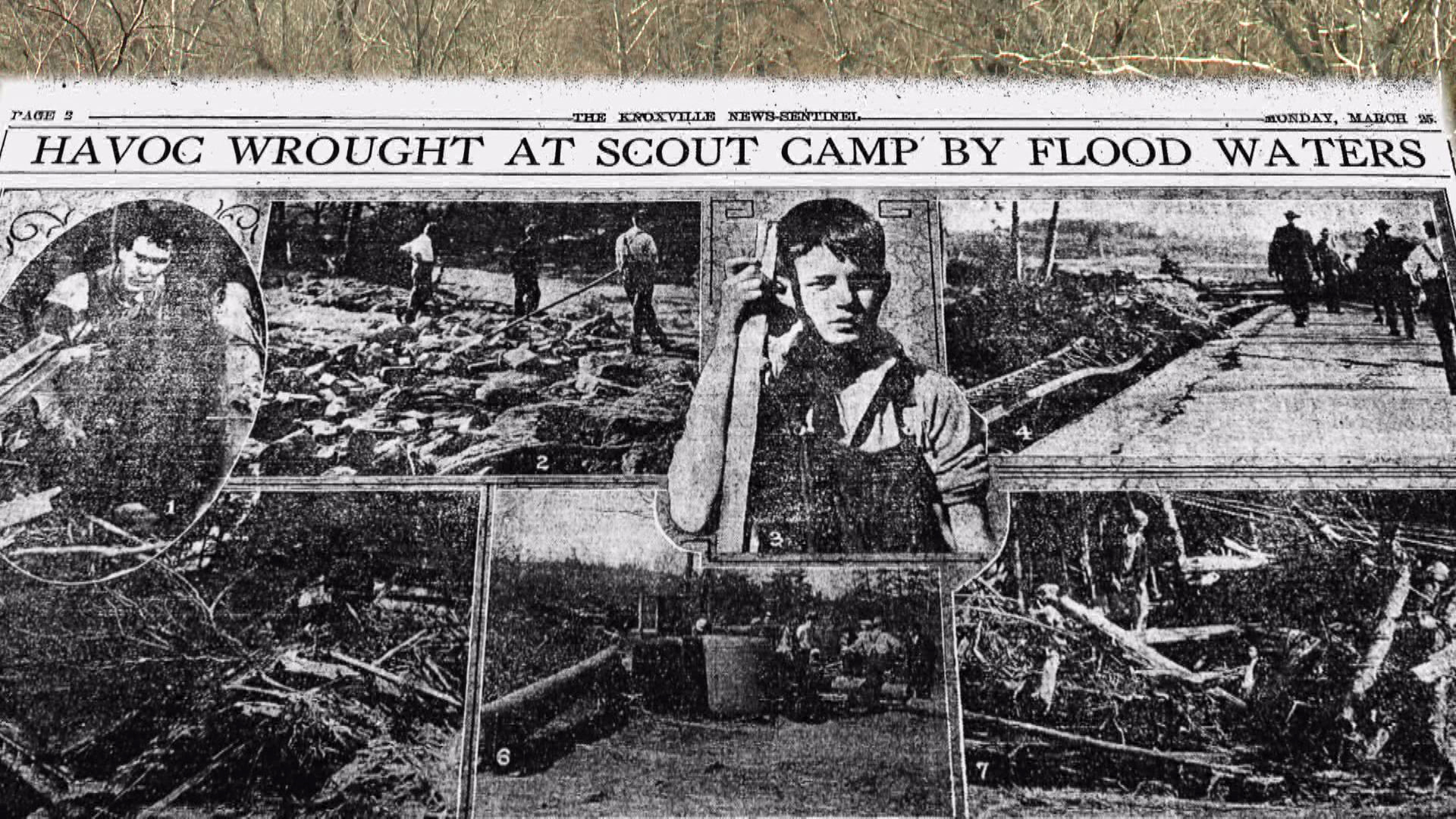
"The cabin broke into three pieces and gets washed downstream. The boys clung to whatever they could. They hung onto trees until they were rescued the next day," said Limburg.
Some boys fell into the water when the cabin broke apart. Wright dove in to save them. Newspaper reports cited friends of Wright who claimed he was an expert swimmer known for perfecting a strong and efficient stroke at the YMCA pool in Knoxville.
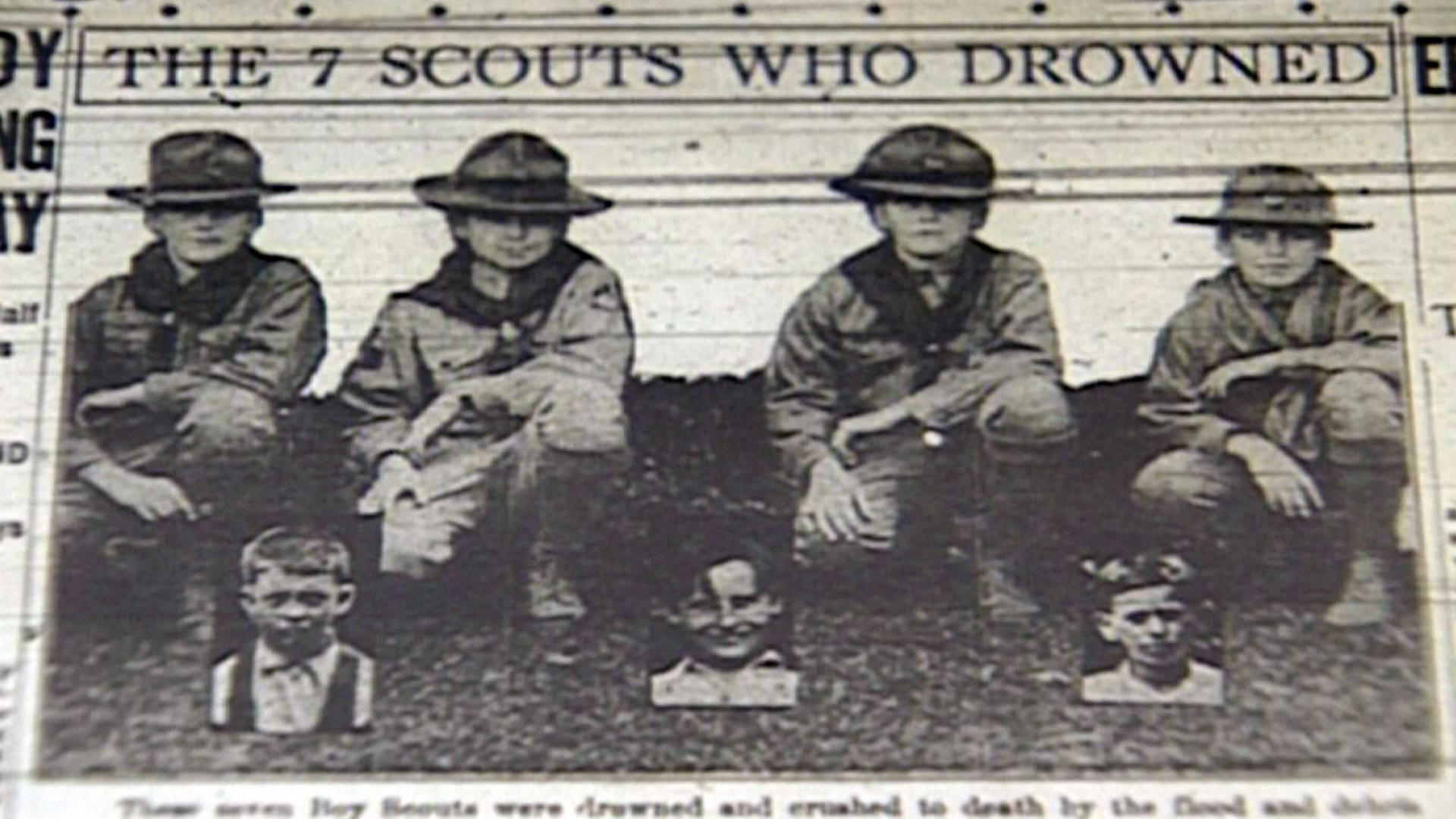
No swimmer was a match for the raging waters of White's Creek in the early hours of March 23, 1929. Mother Nature showed no mercy to Wright or seven Boy Scouts in Rockwood Troop 45. They were eight of the victims killed by a storm that suddenly dumped three inches of rain on the Plateau. The flood killed a more than 40 people in East Tennessee and Kentucky.
NEGLECTED MONUMENT RESTORED
Scoutmaster Jim Wright was a member of an organization called The Society of Colonial Wars. The group built a tall stone monument topped by a white cross beside White's Creek to honor Wright and the seven Boy Scouts killed during the flood.
Highway 27 was later widened to four lanes and the bridge crossing the creek grew considerably longer and taller. The increased height of the overpass makes it easier to overlook the monument.
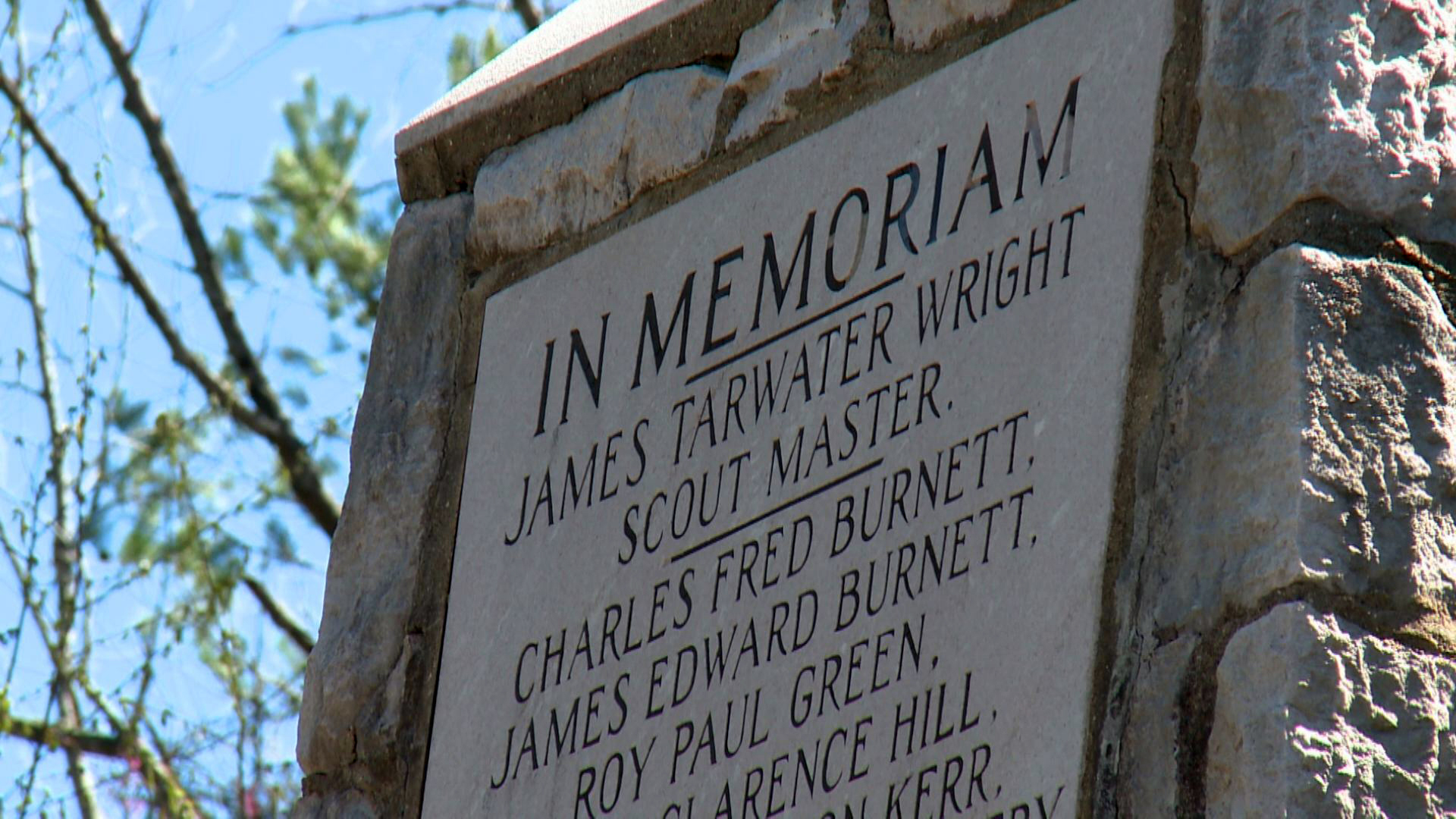
"When you drive by on the bridge, all you can see is the top of a cross," said Limburg. "People started forgetting about it."
Out of sight and out of mind, the monument at White's Creek deteriorated and the surrounding site became overgrown. Tall weeds filled the site while dirt and moss covered the monument. In 2015, the Boy Scout Troops in Kingston, Harriman and Rockwood stepped up to restore the memorial.

"We did a service project and went down and cleaned up everything around it," said Connor Foley, a Boy Scout with Kingston Troop 101. "It looks amazing. It looks brand new. One of the parents also went down and redid some of the grout between the stones."
"There were weeds everywhere. We picked those out and got the moss off the base. It was the right thing to do," said Kadin Reed, a Boy Scout with Rockwood Troop 106.

"We were pretty much sponging and cleaning all the dirt off," said Matthew Slowik, Boy Scout with Rockwood Troop 106. "James Wright, who sacrificed his life for those scouts did a very honorable thing. I think it's very important that people honor and respect this [monument]."
"We cleaned up the dirt that was inside it and scraped it out. It looks a lot better," said Tyler Logan, a Boy Scout from Midtown with Kingston Troop 101.
Driving to the monument also became a challenge due to deep ruts in the ground.
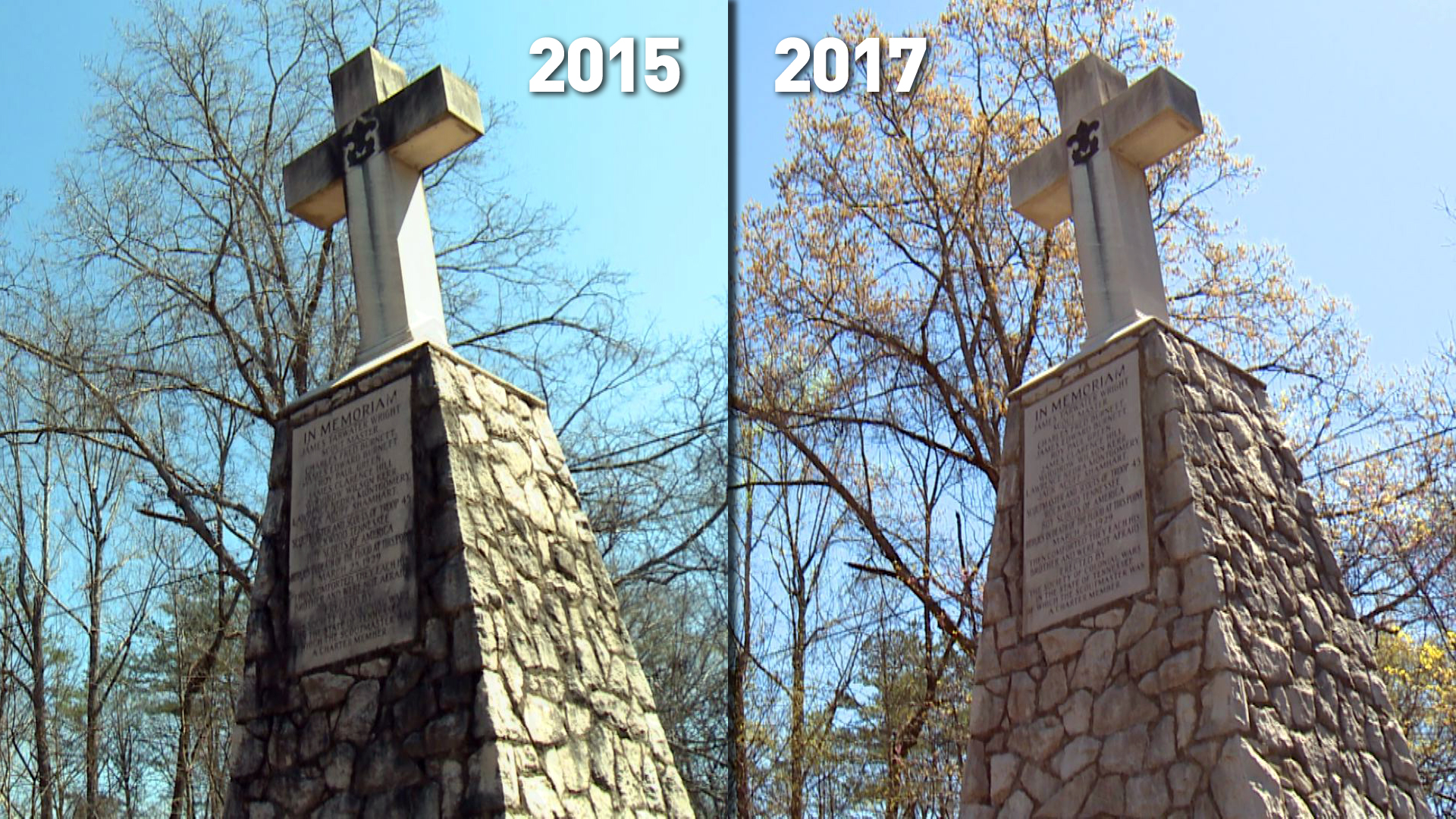
"The road would about shake you to pieces," said Limburg. "The road has been taken care of and rock has been put down. It's a big improvement."
The monument was rededicated at a ceremony on March 25, 2017, and was attended by relatives of the boys who survived the flood. The dramatic and positive changes are all due to the dedication of Boy Scouts to maintain the memory of a historic night in 1929 filled with tragedy, bravery and honor.
"It's a special monument for the people that died and the Scoutmaster that saved peoples' lives. It's just special," said Logan.
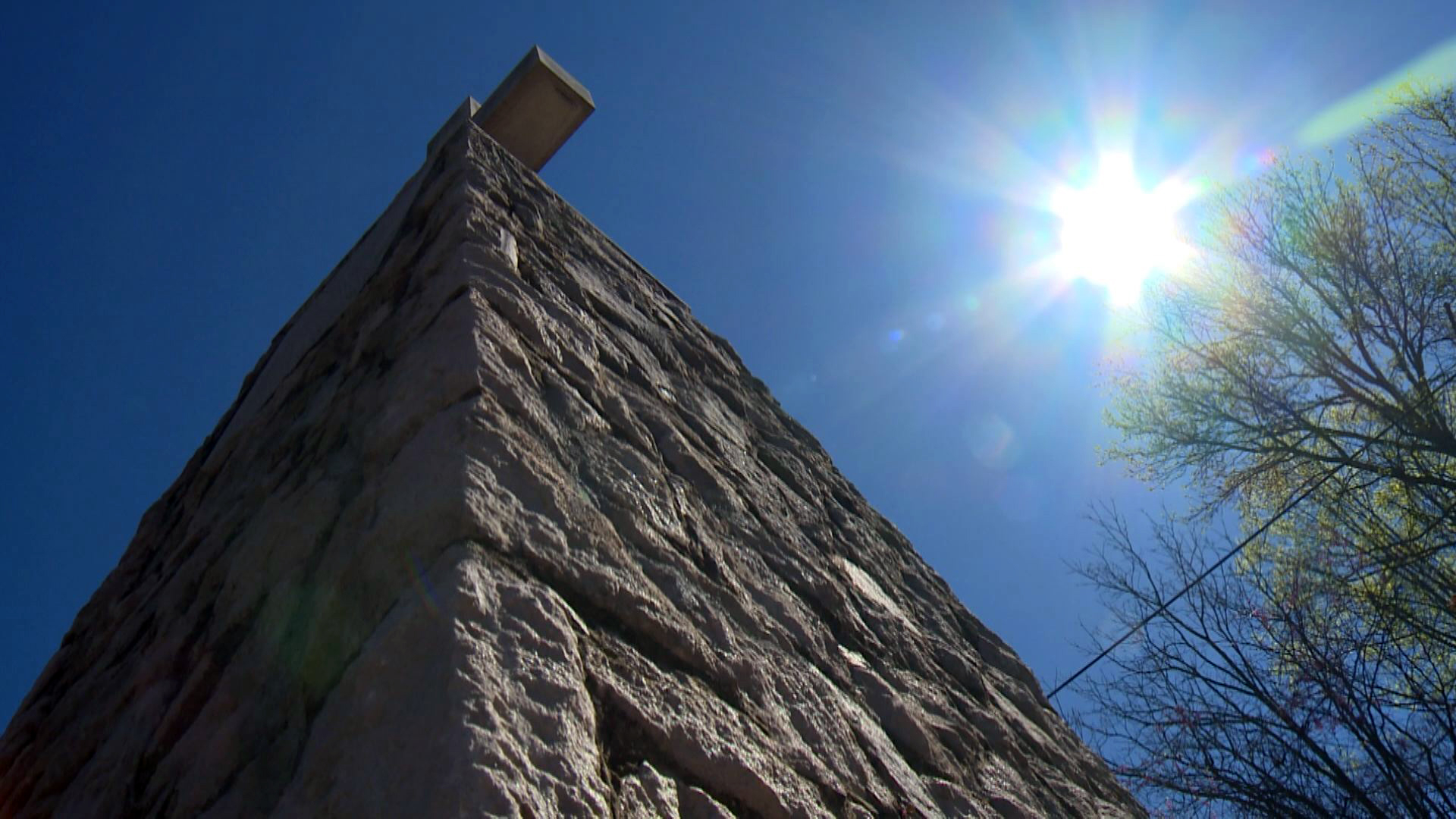
The Boy Scouts say they would like to do more work at the site of the monument. Specifically, they would like to do something about the large amount of profane graffiti that covers the pillars of the overpass.
The Scouts are also trying to convince the state to add signage to Highway 27 to help clarify an unclear route to the monument. Heading south on Highway 27, drivers go about one-third of a mile south of the creek and turn right onto Jenkins Waldo Lane, which curves back around and eventually takes drivers on a dirt road beneath the bridge at White's Creek to reach the monument.
Four groups of Boy Scouts worked to restore the monument: Kingston Troop 101, Harriman Troop 103, Rockwood Troop 106 and Rockwood Troop 305.


